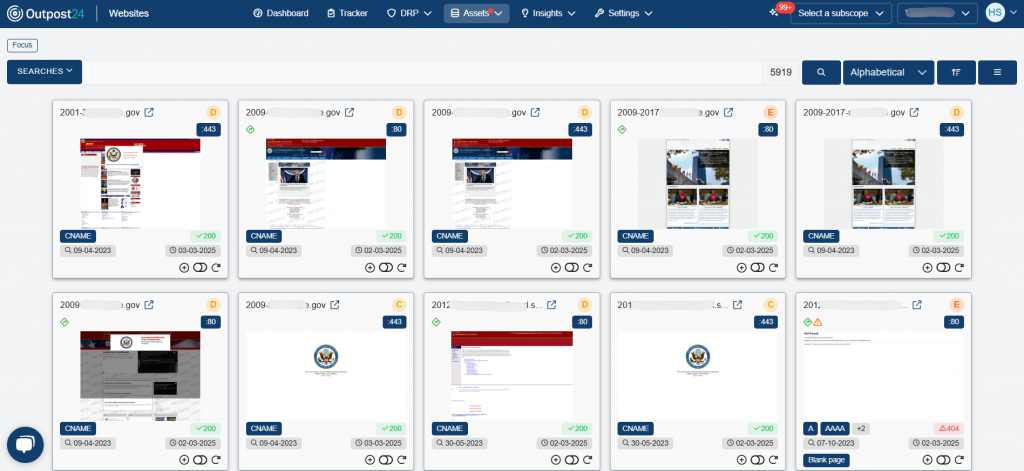Why one-off pen tests could be leaving you at risk

Let’s be honest: your annual penetration test only provides security validation for a single moment in time. In most companies, constant IT changes mean that yesterday’s security assessment is already outdated today.
But even given this limited lifespan, most companies (29%) say they perform a pen test twice yearly. Organizations typically run these tests to validate security or meet compliance needs, but overlook a critical fact — they’re getting a temporary snapshot, not continuous protection.
The snapshot problem
Think of a traditional pen test like an annual physical: It captures your security health at a single moment, then immediately starts becoming irrelevant. And that’s a problem. Why?
- Your IT environment, like your body, isn’t static. Every time you deploy new code, add a third-party service, or update your cloud configuration, you’re changing your digital physiology, potentially introducing new risks that weren’t there during your last check-up.
- New vulnerabilities, like new diseases, are discovered every day. A newly-discovered exploit can mean that the web application your pen test deemed healthy in January could develop serious problems by March.
- Cyber attackers, like viruses, don’t wait for your annual testing schedule. They’re constantly probing for weaknesses, and if they find one right after your biannual health check, they could infect your systems months before you realize it.
Continuous visibility needs
Annual security check-ups just don’t cut it anymore. Hackers exploit new vulnerabilities within hours or days of discovery. Every code update potentially introduces new security gaps. PCI DSS and HIPAA regulations demand continuous security monitoring rather than point-in-time compliance. And the time between tests creates blind spots where breaches can happen undetected.
If you’re only testing once a year, ask yourself: How confident are you about what’s happening during the other 364 days? When it comes to keeping your organization and its systems safe, you need 24/7/365 monitoring.
What is EASM?
If one-off pen testing is like a scheduled check-up, External Attack Surface Management (EASM) is like wearing a health monitoring device that continuously checks your vital signs and alerts you to concerning changes in real-time. EASM provides:
- A complete health scan of all your external assets, including those shadow IT systems you might not know about
- Ongoing monitoring that alerts you when new risks appear
- Risk scoring that helps you focus on what matters most, prioritizing critical conditions over minor concerns
- Detection of credentials that might be exposed on the dark web
Think of EASM as preventive medicine, flagging potential issues before they become major problems. It discovers known and unknown vulnerabilities across your attack surface, creating a comprehensive record that specialists can investigate more deeply.

What is PTaaS?
Penetration Testing as a Service (PTaaS) takes traditional pen testing and makes it available when you need it — instead of a once or twice a year deep dive, you get:
- Testing that aligns with your development cycles
- Scheduled scans that provide security validation without disrupting operations
- Regular validation of your security controls
- Real-time results through user-friendly dashboards
- Access to security experts who can provide context and guidance
- Verification that your fixes worked
How PTaaS + EASM complement each other
Combining PTaaS and EASM is like having continuous health monitoring devices and a team of medical specialists. The monitoring devices (EASM) constantly check your wellness indicators and alert you to abnormalities, while the medical team (PTaaS) diagnoses specific issues, recommends treatments, and ensures your recovery. While there’s some overlap in capabilities, each brings unique strengths to your security health. Here’s how they work together:
- Discover: EASM spots a potentially vulnerable asset
- Test: PTaaS experts confirm it’s actually exploitable
- Remediate: Your team fixes the issue
- Repeat: Continuous monitoring verifies the fix and maintains vigilance
Companies that consistently use this approach often catch serious vulnerabilities that would have gone undetected for months with traditional testing. Combining EASM and PTaaS means you experience:
- Faster detection: Reduce your mean time to detect and remediate (MTTD/MTTR)
- Proactive protection: Address vulnerabilities before attackers can exploit them
- Enhanced compliance: Maintain a stronger posture with continuous documentation
- Predictable costs: Replace unexpected emergency assessments with subscription-based services

Figure 2 Get results in real time via the platform.
Moving beyond the snapshot
Security isn’t a once-a-year event — it’s an everyday concern. But if your organization still relies on annual pen tests, you’re like a patient who only checks their vital signs every January and hopes nothing changes in between. Combining continuous monitoring with on-demand expert testing creates a security program that functions like modern preventive medicine — continuously aware and ready to respond.
Tired of wondering what vulnerabilities might lurk in your systems between scheduled assessments? Outpost24 can help. With expert pen testers and continuous monitoring tools, CyberFlex transforms your security from occasional check-ups to ongoing health surveillance. Don’t wait for a breach to prove that annual testing isn’t enough — request your live demo of our CyberFlex solution today.
